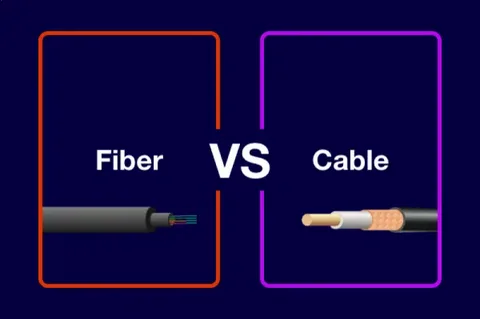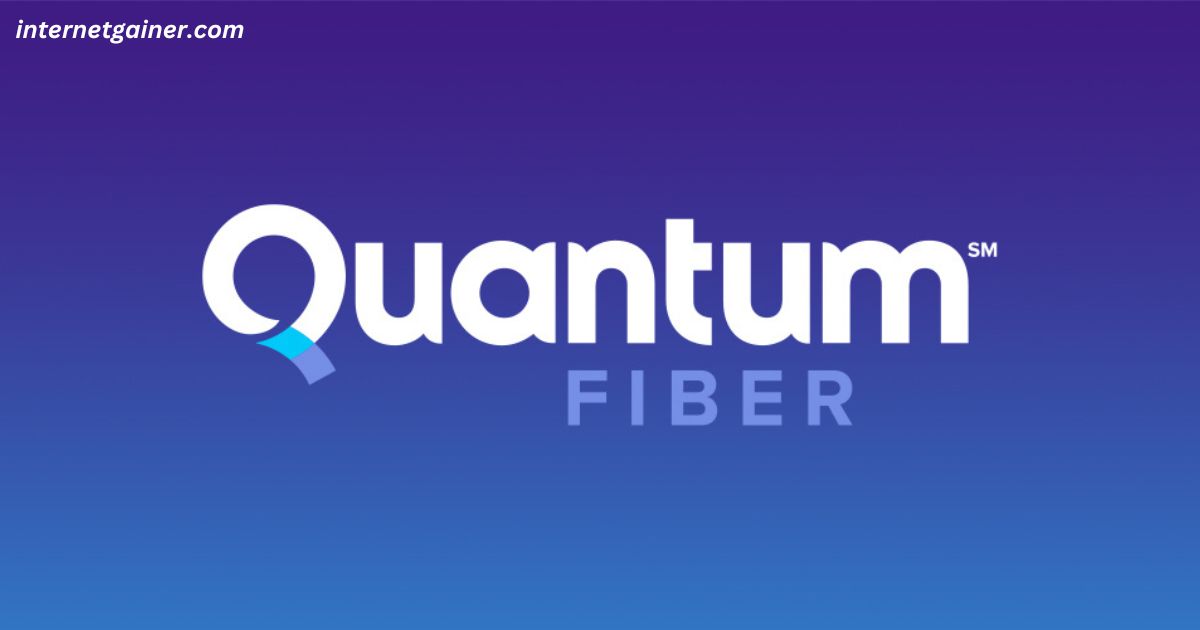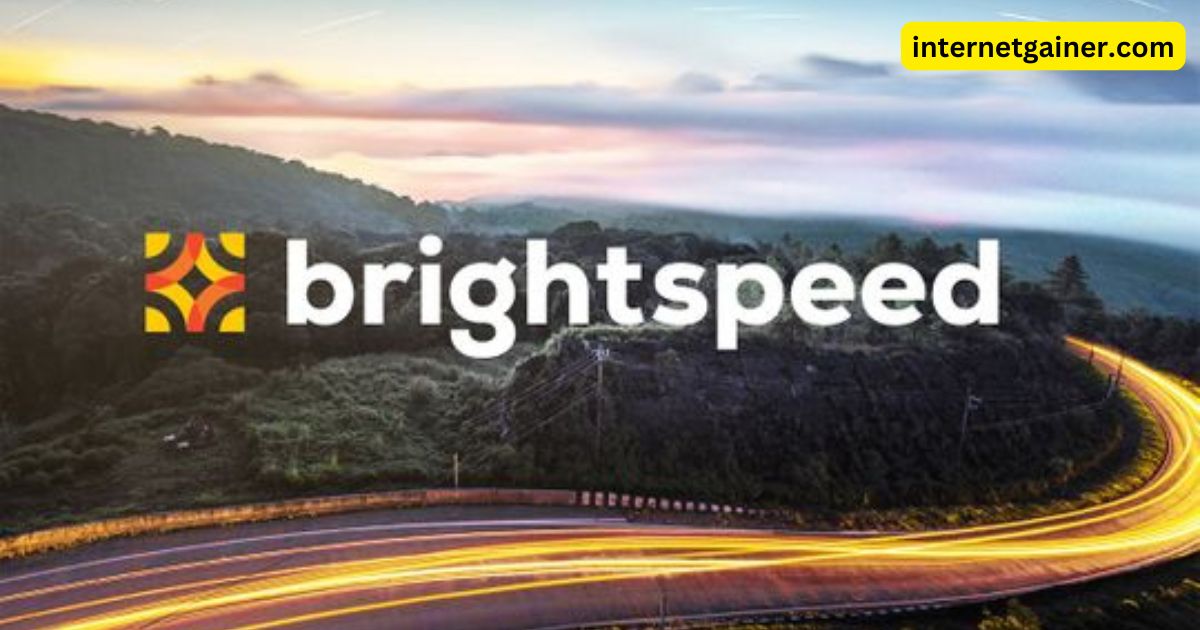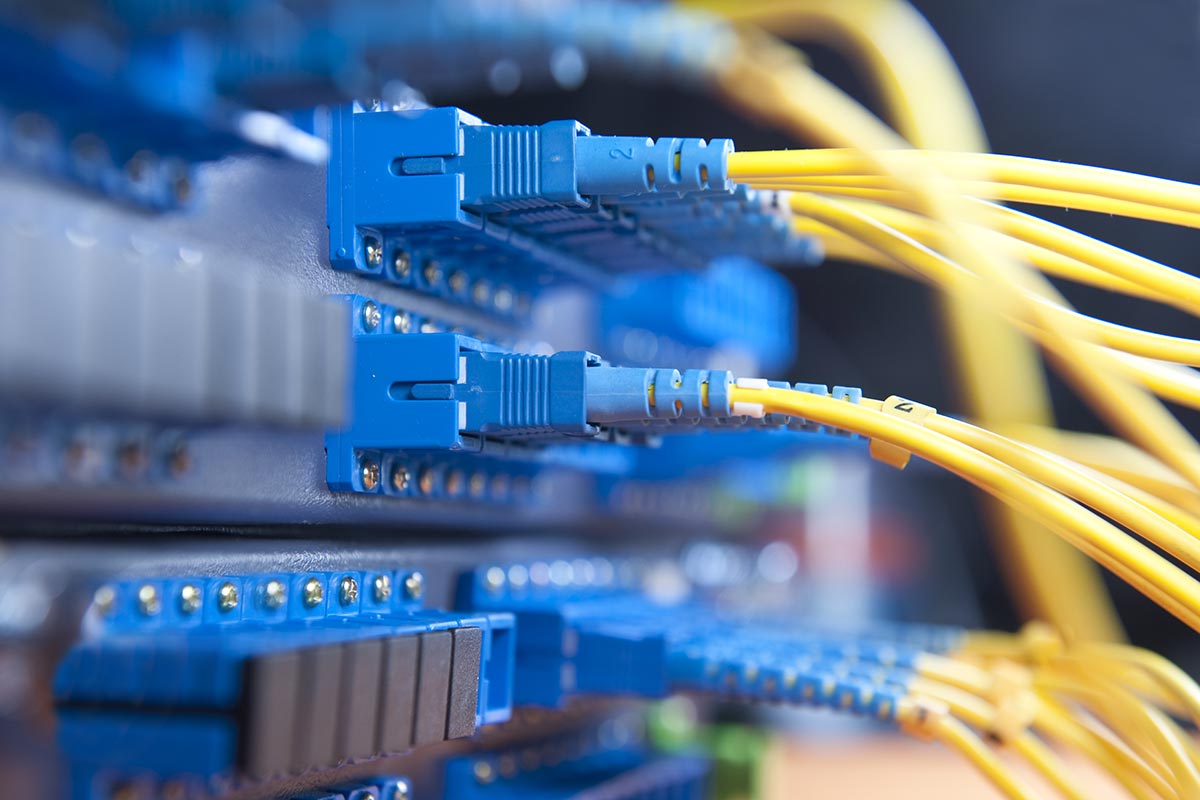In today’s hyperconnected world, fast and reliable internet has become a necessity, not a luxury. As we move deeper into the digital age, the competition between cable and fiber optic internet has intensified, with users demanding better speeds, reliability, and performance. With advancements in both technologies, you may wonder: How does cable internet compare to fiber optic in 2024?
This article will break down the differences between these two technologies, helping you understand which option might be the best for your needs in this fast-evolving landscape.
What is Cable Internet?
Cable internet, a popular technology that has been in use for decades, relies on coaxial cables originally developed for television services. These copper-based cables deliver internet via electrical signals, transmitting data across existing cable TV infrastructure.

How it works: Your home connects to the internet using the same cables that bring you television, though the bandwidth is shared with others in your neighborhood. While convenient and widely available, this shared bandwidth can result in slower speeds during peak usage hours.
In 2024, cable internet providers are offering speeds that range from 100 Mbps to 1 Gbps, making it suitable for everyday internet activities like browsing, streaming, and gaming. However, the limits of cable technology become evident when handling bandwidth-heavy applications or serving multiple devices at once.
What is Fiber Optic Internet?
Fiber optic internet, on the other hand, uses cutting-edge technology. It transmits data as pulses of light through ultra-thin strands of glass or plastic, offering unparalleled speed and efficiency.
How it works: Fiber optic cables use light to transfer information, allowing data to travel much faster and more efficiently than electrical signals used in cable internet. Unlike cable, fiber provides dedicated bandwidth, meaning your speeds won’t suffer even during peak times.
In 2024, fiber optic internet is becoming the gold standard for high-speed connectivity, with speeds reaching up to 10 Gbps or higher. Its symmetrical nature—meaning upload and download speeds are identical—makes it ideal for modern applications like video conferencing, cloud computing, and 4K/8K streaming.
Speed Comparison: Cable vs Fiber in 2024
When it comes to speed, there’s no contest—fiber optic internet is significantly faster than cable. Let’s dive into the details:
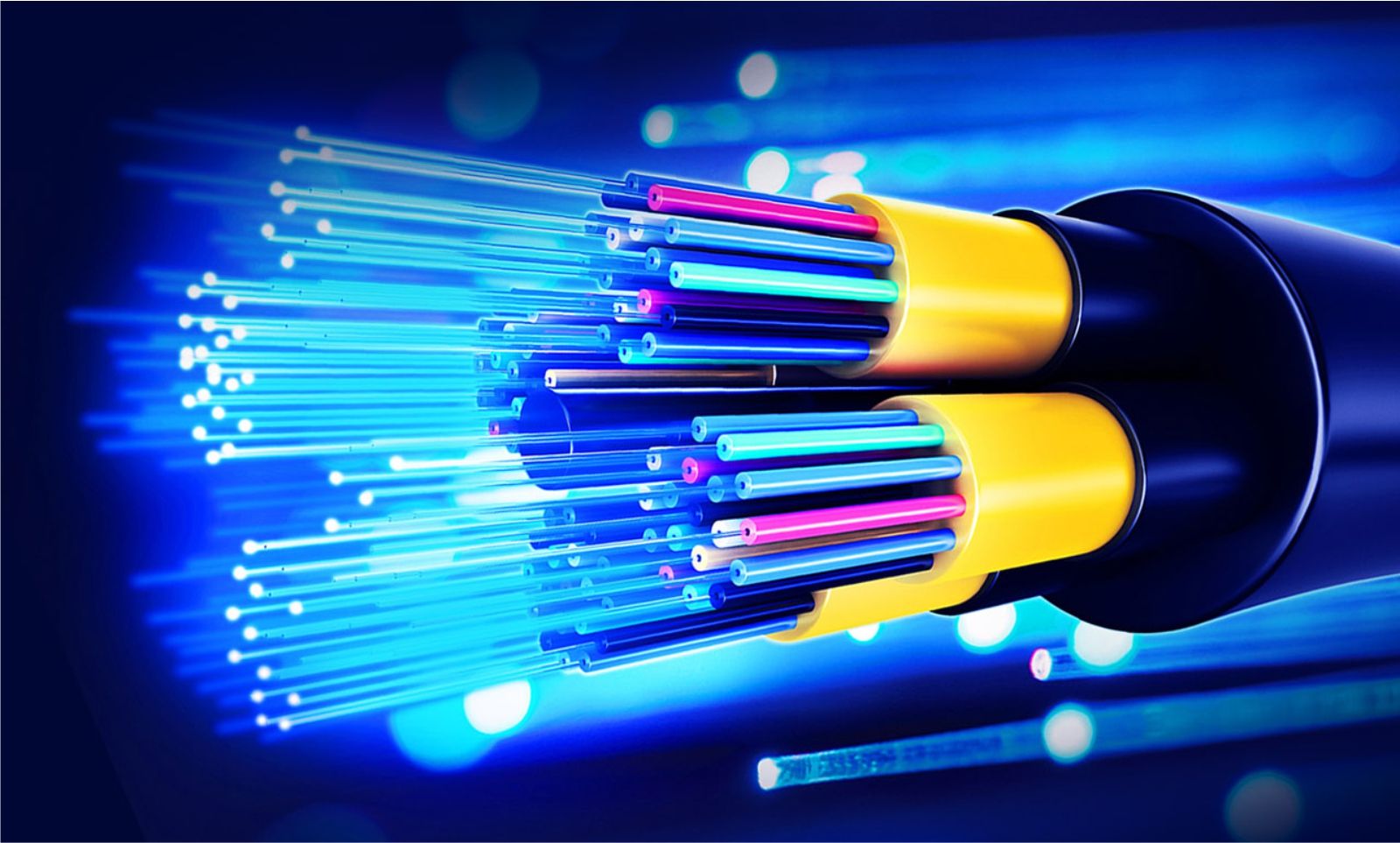
Cable Internet Speeds in 2024
- Download Speeds: Between 100 Mbps and 1 Gbps depending on your service plan.
- Upload Speeds: Much lower than download speeds, typically ranging from 10 Mbps to 50 Mbps.
- Limitations: Since cable internet shares bandwidth among users in the same area, speeds can drop dramatically during peak times. This is especially noticeable when multiple users in the household are streaming or gaming simultaneously.
Fiber Optic Speeds in 2024
- Download and Upload Speeds: Symmetrical speeds that can reach up to 10 Gbps.
- Limitations: Virtually none in terms of speed. Fiber can handle huge amounts of data with minimal latency, and its speeds don’t fluctuate based on the number of users connected to the network.
In an increasingly digital world, where video streaming, online gaming, and remote work demand high bandwidth, fiber optic internet is the superior choice for speed.
Reliability and Latency
Reliability is a crucial factor in determining internet quality, and here too, fiber optic internet outshines cable.
Cable Internet Reliability
- Signal Degradation: Over long distances, cable signals can weaken, leading to slower speeds and disruptions.
- Interference: Copper cables are prone to interference from nearby electrical lines and weather conditions.
- Peak Usage Slowdowns: Cable internet users often experience slowdowns during peak hours when many people in the area are using the same network.
Fiber Optic Reliability
- Distance and Signal Strength: Fiber optic cables can transmit data over long distances without significant signal loss, ensuring a more stable connection.
- No Interference: Fiber is immune to electromagnetic interference, making it more reliable, especially in dense urban areas.
- Low Latency: Fiber has lower latency than cable, meaning it’s better suited for activities like online gaming, video calls, and virtual reality experiences.
In terms of both reliability and latency, fiber optic internet provides a more consistent and high-performing experience.
Cost and Availability in 2024
While fiber optic internet offers undeniable advantages, cost and availability remain significant considerations.
Cable Internet Cost
- Affordability: Cable internet tends to be more affordable than fiber, especially for those on a budget. Many providers offer bundles with TV and phone services, making it a convenient option for households.
- Price Range: Most cable plans in 2024 cost between $50 and $100 per month, depending on the speed and additional services.
- Availability: Cable is widely available across urban, suburban, and even rural areas. The infrastructure has been around for decades, making it accessible to most people in the U.S.
Fiber Optic Internet Cost
- Higher Initial Costs: Fiber optic internet can be more expensive due to the costs of laying new infrastructure and higher service speeds.
- Price Range: Expect to pay between $70 and $150 per month for fiber plans, although the price-per-Mbps is often lower than cable, offering better value for higher speeds.
- Availability: Although fiber availability is growing rapidly in 2024, it is still less widespread than cable. Urban areas and tech hubs have better access, but rural regions may have limited fiber options.
Future-Proofing and Scalability
When it comes to future-proofing, fiber optic is leaps and bounds ahead of cable.
Cable Limitations
- Cable infrastructure is already reaching its limits. As more people adopt bandwidth-heavy applications (like 8K streaming, cloud gaming, and smart home devices), cable internet will struggle to keep up.
- Upcoming technologies like DOCSIS 4.0 may extend cable life, but these updates still can’t match the potential of fiber.
Fiber’s Advantage
- Fiber optic cables are built for the future. With virtually limitless scalability, fiber can easily handle growing bandwidth needs without major infrastructure changes.
- As we look ahead to an era of immersive virtual reality, remote work, and cloud-based everything, fiber is positioned to meet the demands of the future head-on.
Conclusion: Which is Right for You in 2024?
In 2024, fiber optic internet outshines cable in nearly every aspect—speed, reliability, and scalability. If you have access to fiber and can afford the slightly higher costs, it’s undoubtedly the better choice, especially as the digital landscape continues to evolve.
For users in areas where fiber isn’t available or for those looking to save on monthly costs, cable still offers a functional and widespread option.
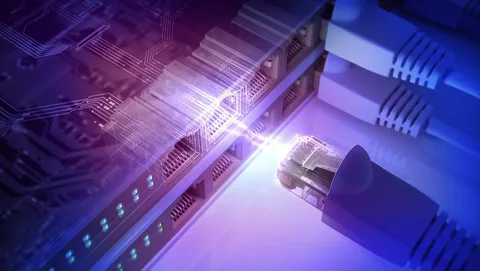
As the world moves further into a hyperconnected future, fiber optic internet is emerging as the technology of choice for those who want to stay ahead.
However, cable continues to serve as a reliable and cost-effective option for many households. The choice ultimately comes down to your specific needs and what’s available in your area. For more Fiber Internet information check the internetgainer.
